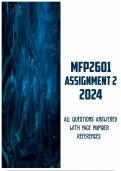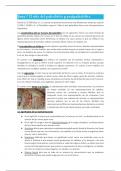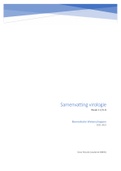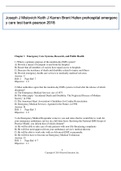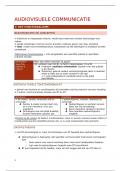Exam (elaborations)
MFP2601 Assignment 2 2024 with References
- Institution
- University Of South Africa (Unisa)
QUESTION 1: 10 Define the following concepts and give practical examples as a way to demonstrate that you understand them in the Foundation Phase context. 1.1 Curriculum 1.2 Teaching 1.3 Management skills 1.4 Multigrade classes 1.5 Africanisation QUESTION 2: 10 Mention five (5) technological device...
[Show more]
